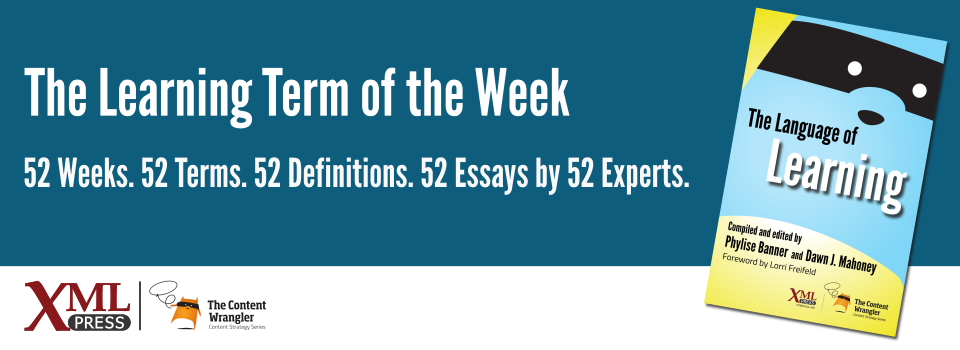What is it?
A learning approach that focuses on individual learners and their needs, abilities, and interests, with the objective of accelerating their learning.
Why is it important?
Navigating today’s volatile, uncertain, ambiguous, and complex world requires everyone to be a life-long learner. In this context, coupled with an increasing emphasis on people’s ability to learn, personalized learning prioritizes the individual learner. It differs from traditional approaches that primarily focused on a system’s efficiency rather than its effectiveness. Personalized learning should align with the organization’s strategic goals and the needs of the individual.
Why does a business professional need to know this?
While the term has been around for decades, in today’s digital age personalized learning has become a much-hyped buzzword. It is hotly debated amongst learning specialists for the oxymoronic impression the words personal and learning create in direct contrast to the social nature of learning.
However, it is not all hype. Talent development technology increasingly has the potential to deliver targeted, just-in-time learning experiences. This is a game-changer for the success of an organization when learning goals are aligned with the strategic priorities of the business. Moving away from a one-size-fits-all approach to learning allows each person to more quickly acquire the precise skills and knowledge needed to do their job well.
This approach is delivered through custom sequences of learning opportunities packaged via media and designed based on factors such as role, geography, current proficiency, or learners’ interests. These media assets are then situated within a virtual learning environment, such as a learning management system or a next-generation learning platform, complementing in-person training.
References
- (France 2021) 3 Dimensions of Personalized Learning: France, Paul Emerich. (2021). George Lucas Educational Foundation.
- (Kamenetz 2018) The Future of Learning? Well, It’s Personal: Kamenetz, Anya, Robbie Feinberg, and Kyla Calvert Mason. (2018). All Things Considered, National Public Radio. Audio with transcript.










